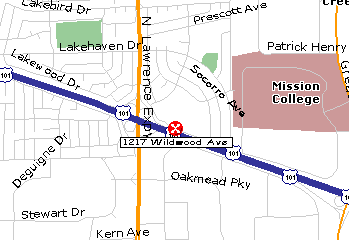
 Wednesday, May 9, 2001
Wednesday, May 9, 2001
Ramada Inn
PLEASE RESERVE IN ADVANCE --
Low temperatures are associated with a general improvement in electronics performance because the disruptive effects of heat are diminished: losses decrease, active devices become faster, heat removal improves, and chemical and physical degradation disappear. When temperatures are too low, however, the phenomenon of "freeze-out" causes problems because there is insufficient thermal energy for some devices to operate; it also accentuates a few failure modes. At the other extreme, increasing temperatures generally make electronics operation ever more difficult because of increased thermal activity that leads to reduced performance and accelerated physico-chemical degradation. An issue common to both temperature extremes, and of particular concern for assembly and packaging, is increased thermal expansion stress resulting from the larger temperature differences. In spite of the difficulties, it is generally feasible to extend the operating temperature range of electronics either above or below the conventional range by about 100°C -- provided that appropriate materials and techniques are selected, and depending on the requirements and system complexity. Even further extension of operating temperature is possible with additional effort. Electronics operation has been demonstrated for temperatures from as low as -250°C to over +300°C.
Extended-temperature-range electronics has grown out of conventional electronics, by selecting and adapting from familiar semiconductor devices (based on Si and sometimes GaAs) and passive parts. Advanced technologies such as those based on superconductors and wide-bandgap semiconductors (such as SiC) as still in a rudimentary state and have so far played a small role.
The objectives of this talk are (1) to give the motivation for operating electronics outside the conventional temperature range and (2) to provide a basic idea of what this means in terms of electronic parts behavior. Examples from several ongoing applications will be used for illustration.
In conclusion, in some situations it can be useful to think of temperature as an additional design parameter and to consider operating electronics outside the conven-tional temperature range.
|
SCV Chapter
Home Page |
How to Join IEEE |
Contact our Chapter Chair |
| CPMT Society
Home Page |
IEEE Home Page |
Email
to Webmaster |
Revised
2 April 2001